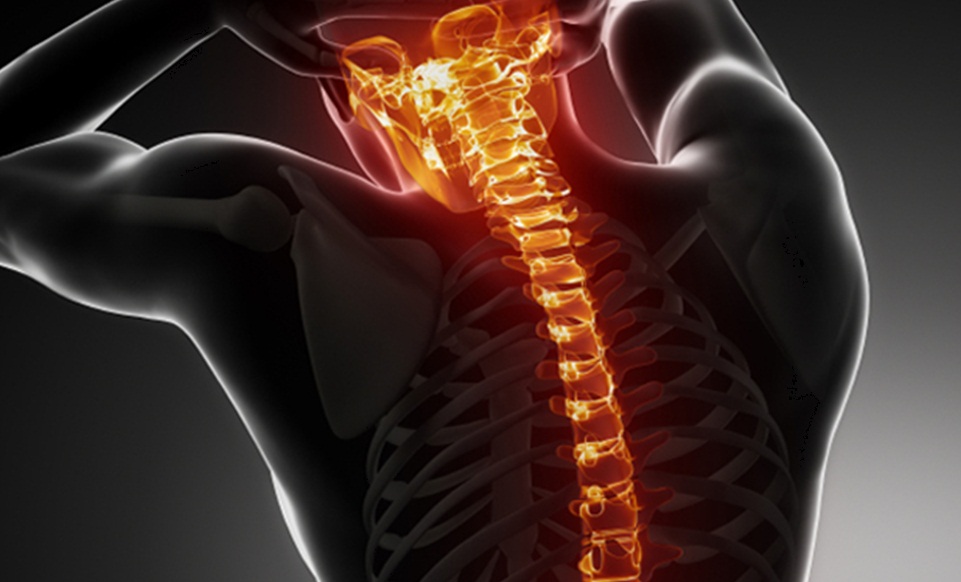Have you or anyone you’ve known had a spinal cord injury?
Many would be surprised to know that the spinal cord does not have to be completely severed to have serious results on health. Some injuries can result in pain and others in paralysis and even incontinence, depending on the severity.

A large number of these problems can occur from traumatic physical events such as car accidents, gunshots, and sports injuries and falls. Depending on the impact or the damage, little or most of the spinal cord can be wounded.
Much of the treatment of these injuries involves stabilizing the spine itself and minimizing inflammation so that the problem does not get worse.There are treatments for these problems that range from simply resting the body to the more severe forms of surgery.
Many will need to go through long-term rehabilitation and physical therapy to heal the damage. Along the way, many problems are likely to occur in the healing process, such as sores, muscle atrophy and problems breathing.
Different parts of the spine will create different problems.
High cervical nerves are the most severe and can result in paralysis of the arms, legs and hands. Breathing may be hard for the patient, as well as talking and communication. They will not be able to drive a car on their own or perform day-to-day functions.
Lower cervical nerves, rather than the higher ones, will cause damage to arms and legs, but the person is likely to be able to breathe and communicate on their own.Injuries in the mid-back will most likely cause paralysis in the legs or trunk of the body. Depending on the severity, many will be able to walk in a brace or operate a modified vehicle.
Those injuries in the lumbar nerves and sacral nerves will cause problems with the hips and legs. Often cases patients will have trouble controlling their bowel movements, but may be able to walk on their own.Although there is no treatment to completely heal injuries to the spinal cord, there are some helpful things doctors can do to assist.
Medications can help, especially if given at the time of the injury. Medications can reduce damage to cells and cut down swelling in the region of the injury.In some cases, doctor may seek to immobilize patients, so that problems with the spinal cord do not worsen. A collar can do this for the neck. Doctors may also specify a particular bed to immobilize the body.
Surgery is often a huge part of recovery with spinal cord problems. Fragments of bones, objects, discs and fractured vertebrae may need to be tampered with for the healing process. Surgery can also prevent further problems from occurring by stabilizing the spine.
Other experimental procedures may be available as well. These could include things not yet proven to work such as prostheses body parts both in and out of surgery.
After these immediate treatments, doctors will monitor your recovery including bowel movements and breathing functions to ensure all is going well.
Rehabilitation is one of the final items in the recovery process. You will need to strengthen these areas of your body in order to use them again. You may also need to learn techniques you can use to adapt after the injury has occurred.
To follow up, you may need to use wheelchairs or electronic aids to help in normal everyday functions. Computers are now becoming a popular part of the health world for patients and can accomplish tasks for them.
If you know someone who has suffered a spinal cord injury, do not take it lightly. Treatment is absolutely necessary for recovery we recommend the team at London Physio who have shown excellent results in helping those with severe spinal injuries recover. Visit their website here http://www.londonphysio.co.uk/physiotherapy-london-city/back-pain-london/
